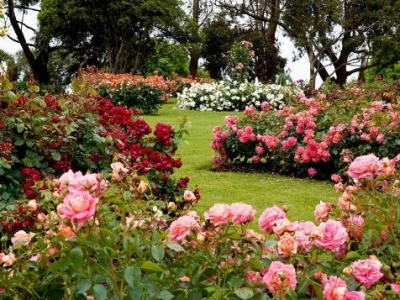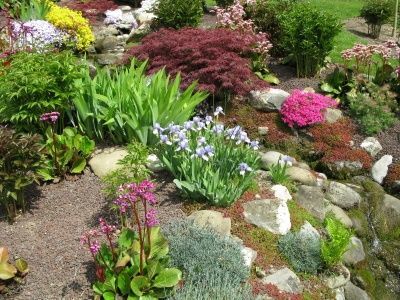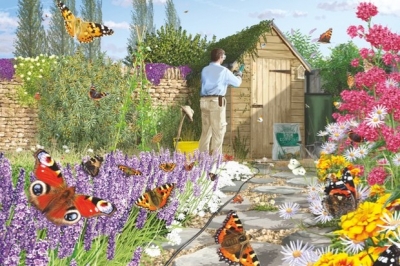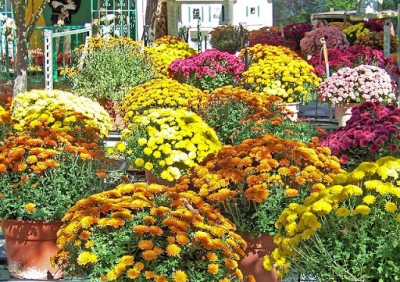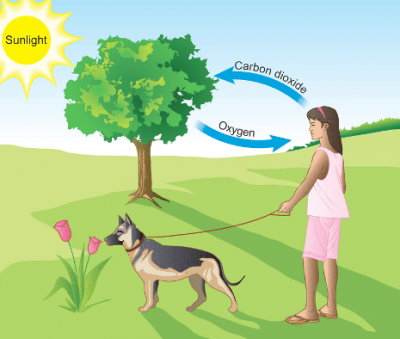
Names of Flowers
Did you ever wonder how some wild flowers got their names?
The daisy looks a little bit like an eye. And, like an eye, it opens up at the start of each day. So, long ago in England, people named it “day’s eye”. In time, the name became daisy.
The buttercup got its name because it looks like a tiny cup made of yellow butter. Long ago, people believed that butter was yellow because cows ate buttercups. But that’s not true. Butter does get its colour from what cows eat, but cows don’t eat buttercups.
Milkweed gets its name from the white juice that oozes from the stems when the plant is cut. The juice looks like milk. When the juice dries in the sun, it covers the cut like a rubbery bandage.
For years, people in different parts of the world have eaten the young, spring leaves of dandelions. They thought the jagged edges of the leaf looked like a row of teeth. So, long ago, the people of France gave the plant the name dent de lion, which means “lion’s tooth”. To the people of England, dent de lion sounded like dandelion, and that’s what they called the plant!
One plant that many cats love is called catmint! A cat that finds a clump of catmint may roll happily around among the leaves. Many cat owners give their pets balls or toys stuffed with dried catmint leaves.
Some people like catmint too, but not usually to roll around in. They drink it. They make catmint tea by putting dried catmint leaves into boiling water and adding a little honey.
Picture Credit : Google



